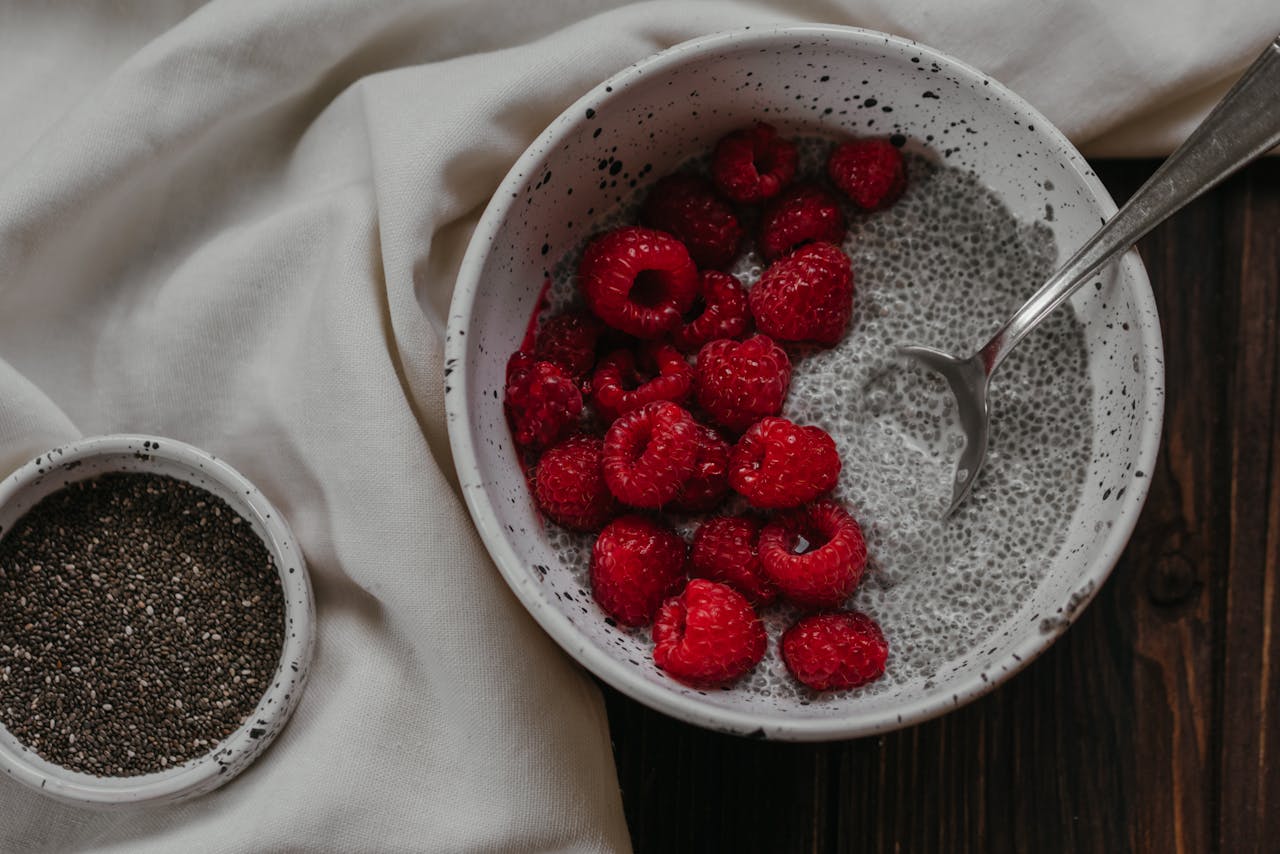Managing your diet is one of the most important aspects of living with diabetes. Eating the right foods helps keep your blood sugar levels stable, improves overall health, and reduces the risk of complications. Whether you’re newly diagnosed or have been managing diabetes for years, understanding how food affects your blood sugar is crucial. In this article, we’ll share tips on how to create a diabetes-friendly diet that keeps your health in check while still being delicious and satisfying.
1. Focus on Balanced Meals
The key to managing diabetes through diet is balance. A well-balanced meal contains a mix of protein, healthy fats, and carbohydrates—along with plenty of fiber. This combination helps control blood sugar levels and promotes overall health.
What to include in every meal:
- Protein: Lean meats (chicken, turkey), fish, tofu, legumes (beans, lentils), and low-fat dairy.
- Healthy Fats: Olive oil, avocado, nuts, seeds, and fatty fish (like salmon).
- Complex Carbs: Whole grains (brown rice, quinoa, oats), sweet potatoes, and legumes.
- Fiber: Vegetables (spinach, kale, broccoli) and fruits (berries, apples, oranges).
2. Understand Carbohydrates and Portion Sizes
Carbs have the most direct effect on blood sugar levels, so it’s important to understand which carbs are healthiest and how to manage portion sizes.
The best carbs for diabetes:
- Whole grains: Brown rice, quinoa, whole wheat bread, oats.
- Vegetables and fruits: Leafy greens, berries, apples, and pears (in moderation).
- Legumes: Beans, lentils, chickpeas are great sources of fiber and protein.
Avoid or limit:
- Refined carbs: White bread, white pasta, and sugary snacks.
- Sugary drinks: Soda, energy drinks, and fruit juices with added sugars.
3. Use the Glycemic Index (GI) to Choose Carbs
The glycemic index measures how quickly a carbohydrate raises blood sugar levels. Lower GI foods cause slower, more stable blood sugar increases, while high GI foods spike blood sugar quickly.
Low-GI foods to include:
- Steel-cut oats, quinoa, barley, lentils, and sweet potatoes.
- Non-starchy vegetables like spinach, broccoli, cauliflower, and bell peppers.
High-GI foods to avoid:
- White bread, rice, instant oatmeal, and processed foods.
4. Choose Healthy Snacks
Snacking can be a part of a diabetes-friendly diet, as long as you choose nutrient-dense options that help maintain blood sugar stability.
Healthy snack ideas:
- Apple slices with almond butter
- A handful of nuts (walnuts, almonds)
- Greek yogurt with chia seeds and berries
- Carrot and cucumber sticks with hummus
- A small portion of mixed nuts or seeds
Avoid:
- Processed snacks like chips, cookies, and candy, which can cause blood sugar spikes.
5. Incorporate Fiber-Rich Foods
Fiber is an essential part of a diabetes-friendly diet. It helps slow down sugar absorption, preventing blood sugar spikes. It also supports digestion, lowers cholesterol, and promotes feelings of fullness.
Top fiber-rich foods for diabetes:
- Leafy greens (spinach, kale)
- Whole grains (brown rice, quinoa, barley)
- Legumes (beans, lentils)
- Berries (strawberries, raspberries, blueberries)
- Avocados, which are high in both fiber and healthy fats
6. Hydrate with Healthy Drinks
Staying hydrated is essential, but it’s important to choose drinks that support blood sugar control and overall health.
Healthy drink options:
- Water (plain or infused with lemon, cucumber, or mint)
- Herbal teas (such as chamomile or peppermint)
- Green tea (rich in antioxidants)
- Sugar-free coffee (limit cream and sugar)
Avoid or limit:
- Sugary beverages like sodas, sweetened teas, and fruit juices, as they can quickly raise blood sugar levels.
7. Meal Planning for Consistency
Planning your meals ahead of time helps you stick to your goals, manage your portions, and avoid last-minute temptations that could disrupt your blood sugar control. Try preparing balanced meals for the week and keeping healthy snacks on hand.
Tips for meal planning:
- Plan meals that include a mix of lean protein, fiber, and healthy fats.
- Pre-portion meals to control carbohydrate intake and prevent overeating.
- Make use of healthy leftovers for quick meals.
8. Limit Processed and Fried Foods
Processed and fried foods are often high in unhealthy fats, salt, and added sugars. These can negatively affect blood sugar levels, heart health, and overall well-being. Instead, focus on whole, minimally processed foods for better results.
Instead of processed foods, choose:
- Fresh fruits and vegetables
- Lean meats and plant-based proteins
- Whole grains like quinoa, barley, and brown rice
9. Monitor Blood Sugar Levels Regularly
Keep track of your blood sugar levels to understand how different foods affect you. Regular monitoring can help you adjust your meals and snacks to maintain optimal blood sugar levels. Work with your healthcare team to set appropriate goals and adjust your diet as needed.
Final Thoughts
Managing your diet with diabetes doesn’t have to be difficult. By choosing whole, nutritious foods, balancing your meals, and controlling carbohydrate intake, you can manage your blood sugar levels and reduce the risk of complications. Remember to incorporate plenty of fiber, healthy fats, lean proteins, and low-GI carbs, and stay hydrated with heart-healthy drinks. With a little planning, you can enjoy a satisfying, diabetes-friendly diet that helps you stay healthy and feel your best.

